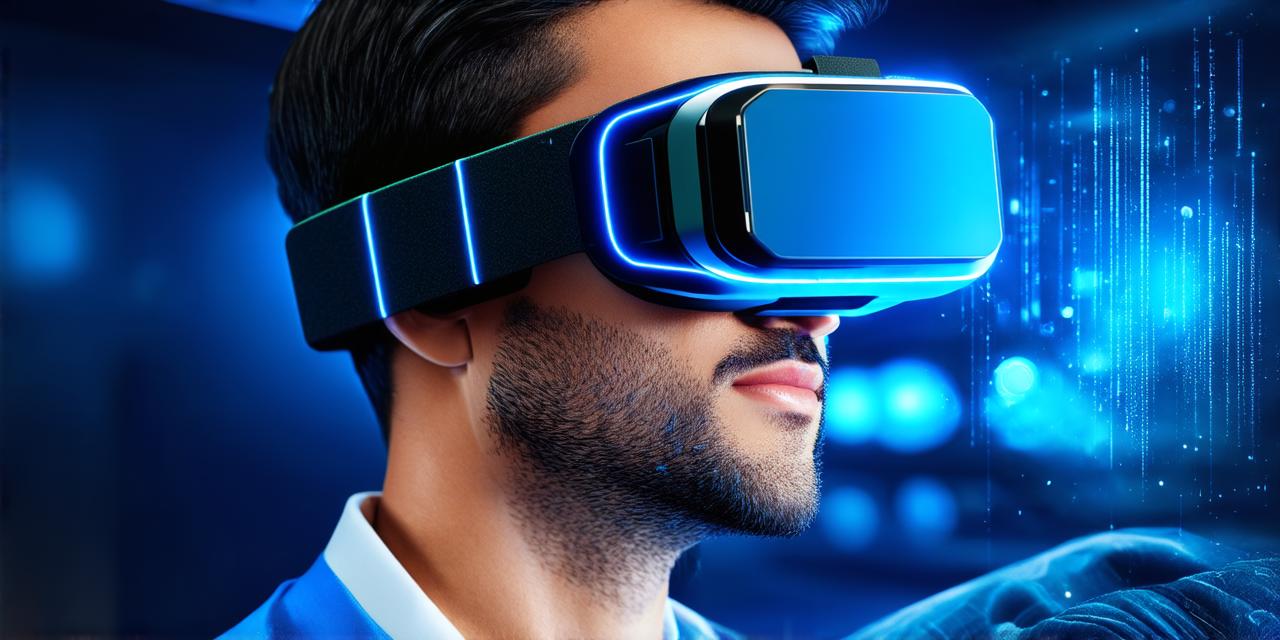Virtual Reality Transforming Healthcare
Therapy with Virtual Reality
Virtual reality has shown promise as a tool for therapy in healthcare. By creating simulations of real-world environments, therapists can use VR to help patients overcome their fears and anxieties.
For example, someone with a fear of heights might use VR to simulate being on a tall building, allowing them to gradually overcome their phobia in a safe and controlled environment. Another way VR is used in therapy is through exposure therapy. This involves exposing patients to situations or stimuli that trigger their anxiety or phobia in a controlled way, with the goal of reducing their fear over time.
For instance, someone with social anxiety might use VR to practice giving speeches or interacting with others in a virtual environment.
Virtual Reality Surgery
Virtual reality has also been used in surgery to improve patient outcomes and reduce the risk of complications. During surgery, surgeons can use VR to plan and practice their procedures, allowing them to make any necessary adjustments before they begin.
This can help reduce the risk of errors and improve the overall efficiency of the procedure. In addition, VR can be used to create realistic simulations of surgical scenarios, allowing surgeons to practice complex procedures in a safe and controlled environment.
For example, a surgeon might use VR to practice a difficult laparoscopic surgery, which involves making small incisions and using specialized instruments to remove tissue.
Virtual Reality Training
Virtual reality is also being used for training in healthcare. Medical students can use VR simulations to practice surgical procedures or learn about complex anatomy.
Nurses and other healthcare professionals can use VR to practice patient care scenarios, allowing them to hone their skills and improve their confidence. Furthermore, VR can be used for training in emergency response situations, such as responding to a natural disaster or a mass shooting. This can help healthcare professionals prepare for these types of scenarios and respond more effectively when they occur.
Real-life Examples of Virtual Reality in Healthcare
Virtual reality has already shown its potential in healthcare through real-life examples. One such example is the use of VR in pain management. Patients with chronic pain can use VR to distract themselves from their pain, allowing them to focus on something else and reduce their perception of discomfort.
For instance, a patient with fibromyalgia might use VR to simulate a relaxing beach vacation, which can help them relax and reduce their pain levels. Another real-life example is the use of VR in rehabilitation. Patients with injuries or other conditions can use VR to practice physical therapy exercises, allowing them to recover more quickly and regain their mobility.
For example, a patient with a broken leg might use VR to simulate walking on a treadmill, which can help them build the strength and balance they need to walk again.
The Future of Virtual Reality in Healthcare
Virtual reality is still a relatively new technology, but its potential in healthcare is vast. As the technology continues to improve and become more widely available, we can expect to see even more exciting applications of VR in healthcare.
For instance, VR could be used to create virtual environments that simulate the effects of illnesses such as Alzheimer’s or Parkinson’s disease, allowing doctors to better understand these conditions and develop more effective treatments. In addition, VR can be used for remote patient monitoring, allowing doctors to monitor patients in real-time from a distance.
This can help reduce the need for expensive hospital visits and improve patient outcomes.
Conclusion
Virtual reality has already shown its potential in healthcare through therapy, surgery, and training. As the technology continues to improve, we can expect to see even more exciting applications of VR in healthcare, transforming patient care and training for years to come.
However, it is important to note that VR technology is still relatively new and there are some challenges that need to be overcome before it becomes widely adopted in healthcare. These challenges include the high cost of equipment, the need for specialized training, and the potential for motion sickness or other adverse effects in some patients.
Despite these challenges, the potential benefits of VR in healthcare are too great to ignore, and we can expect to see even more exciting applications of this technology in the future.
